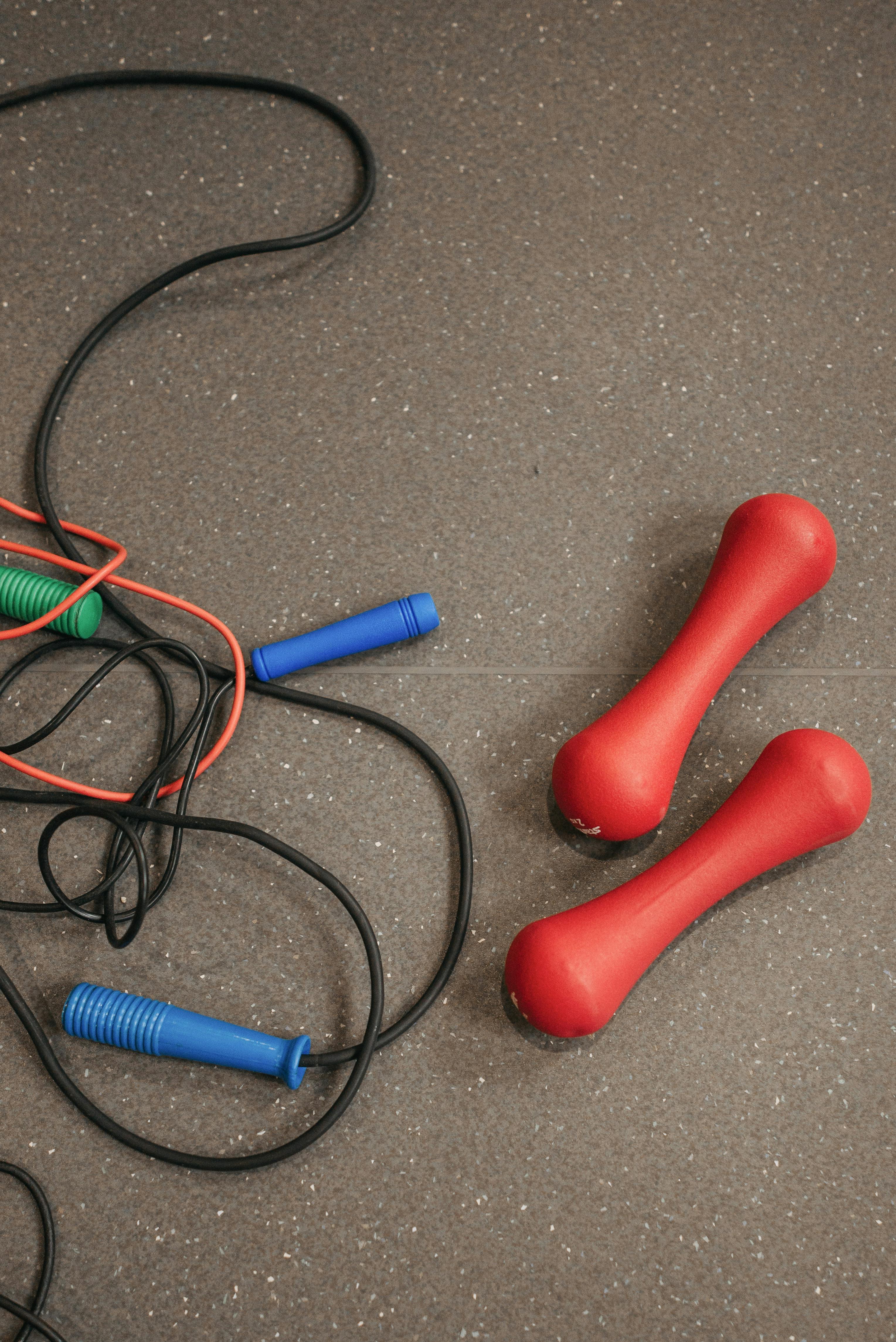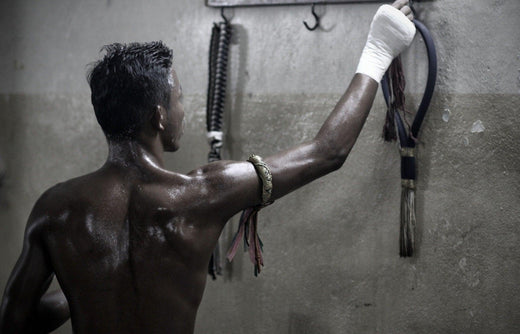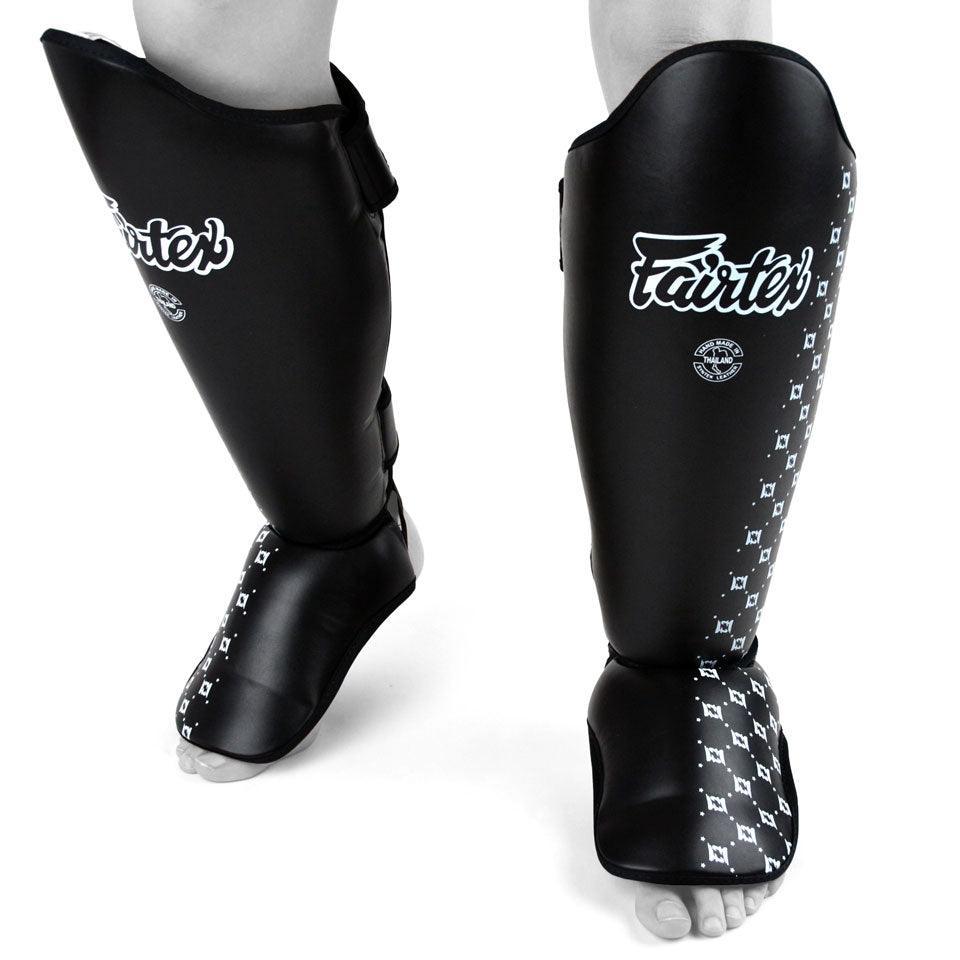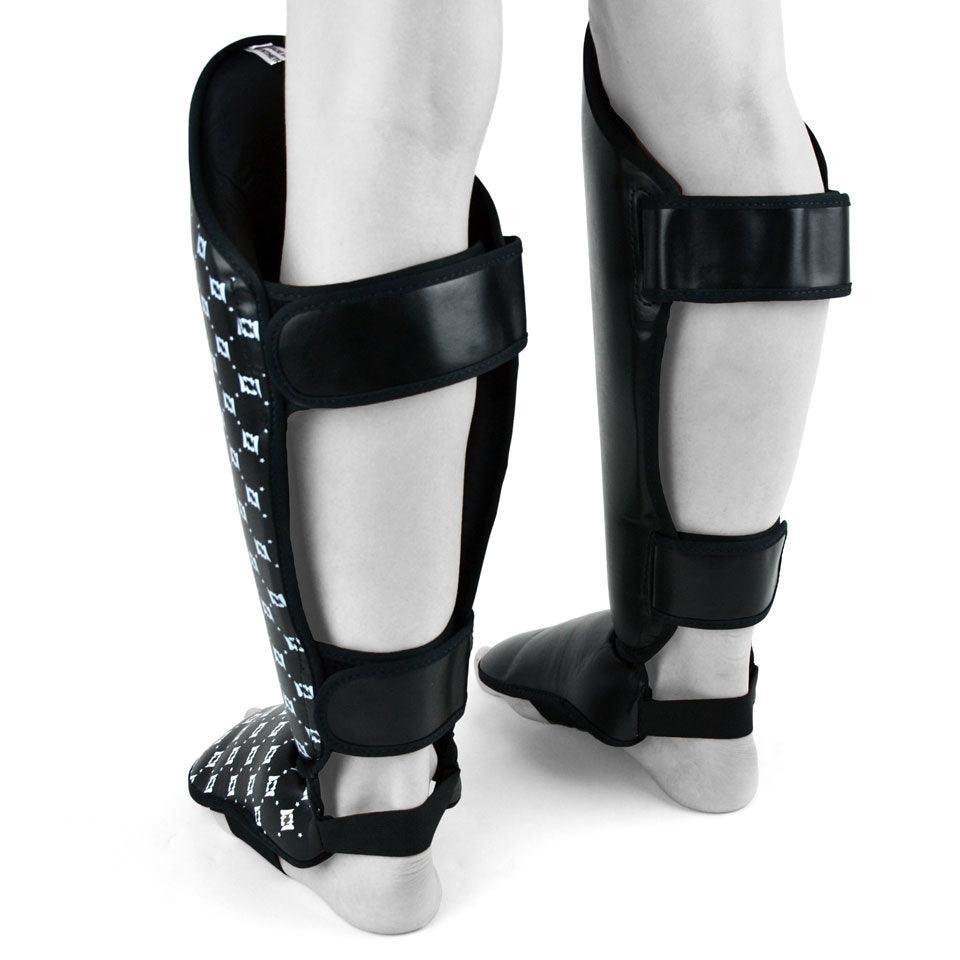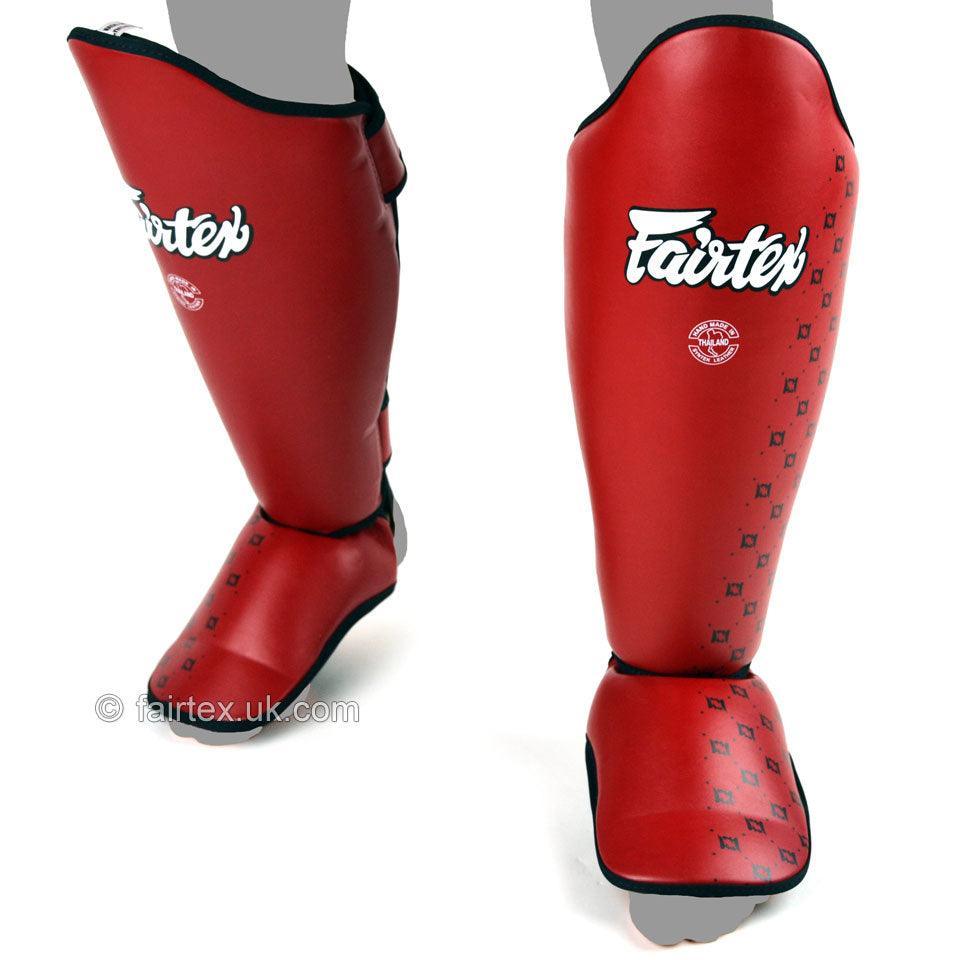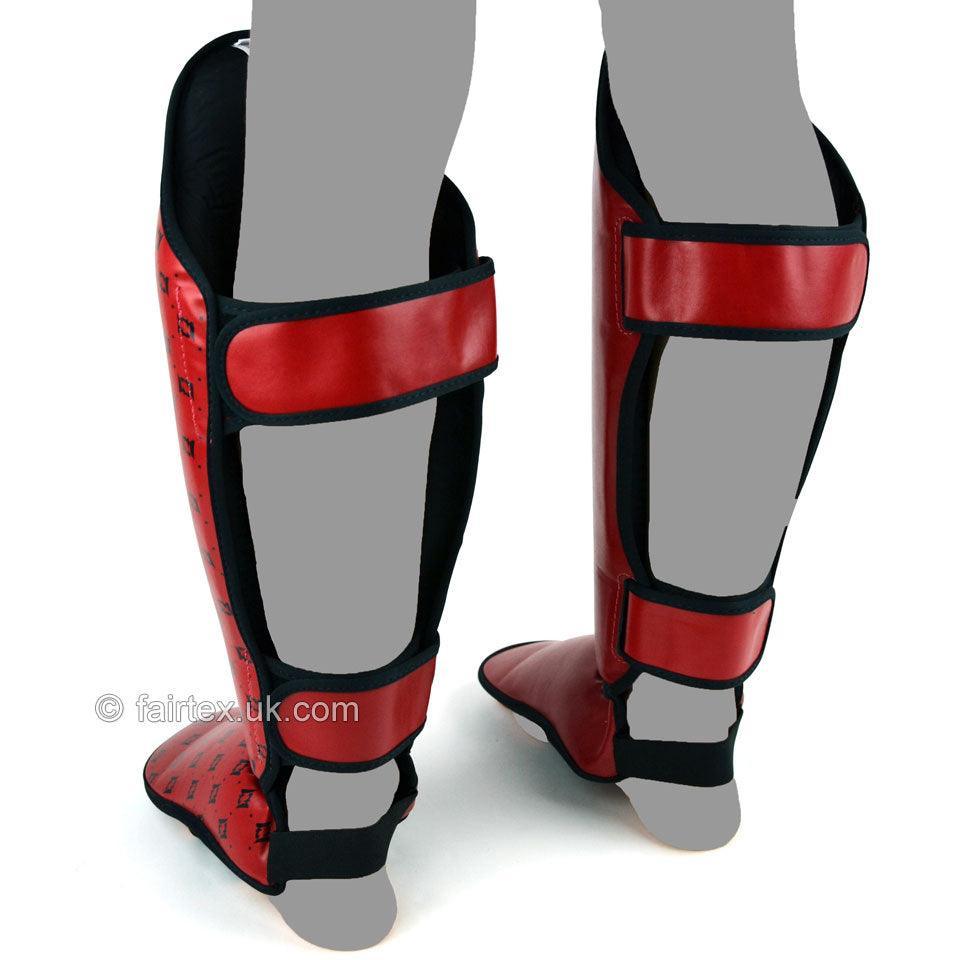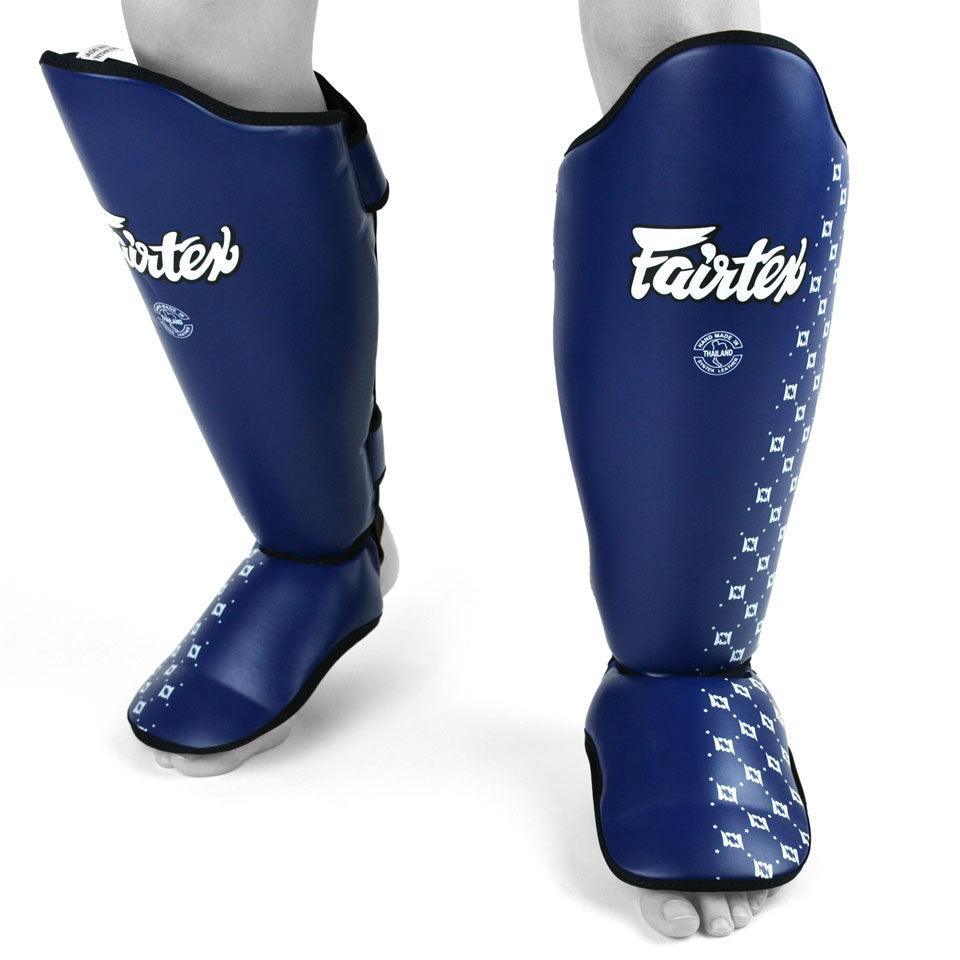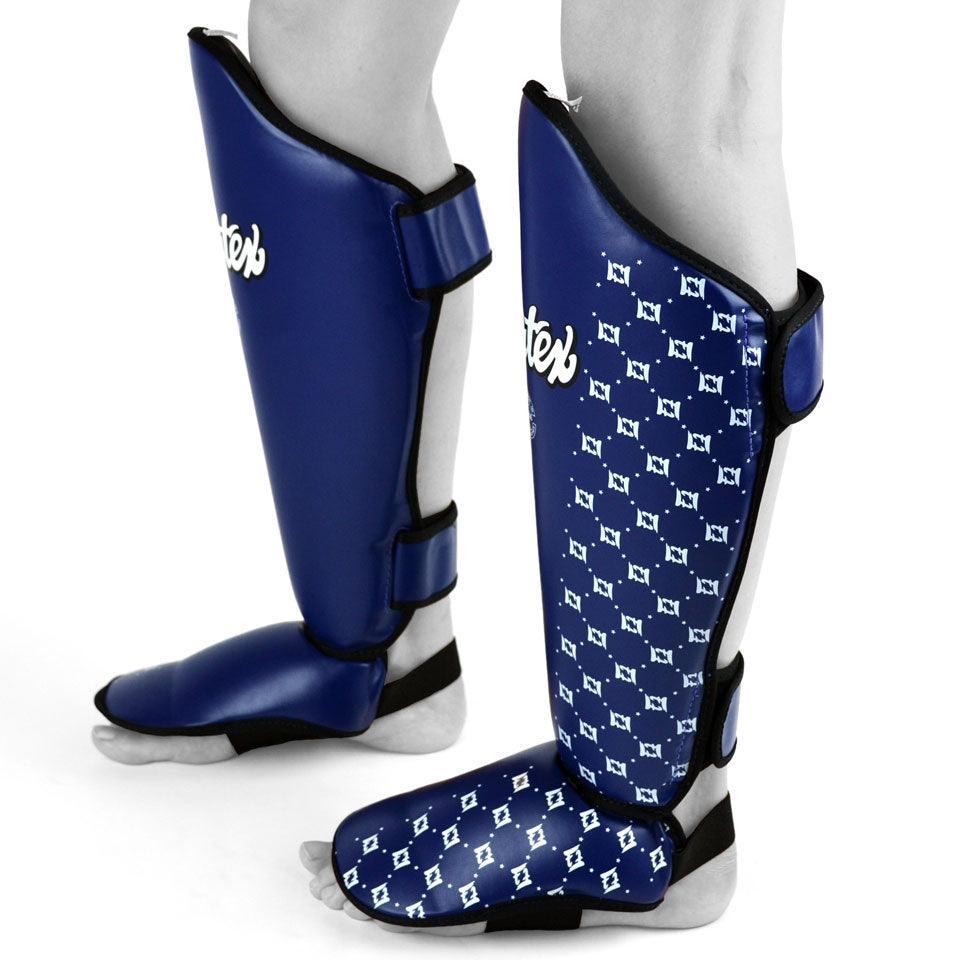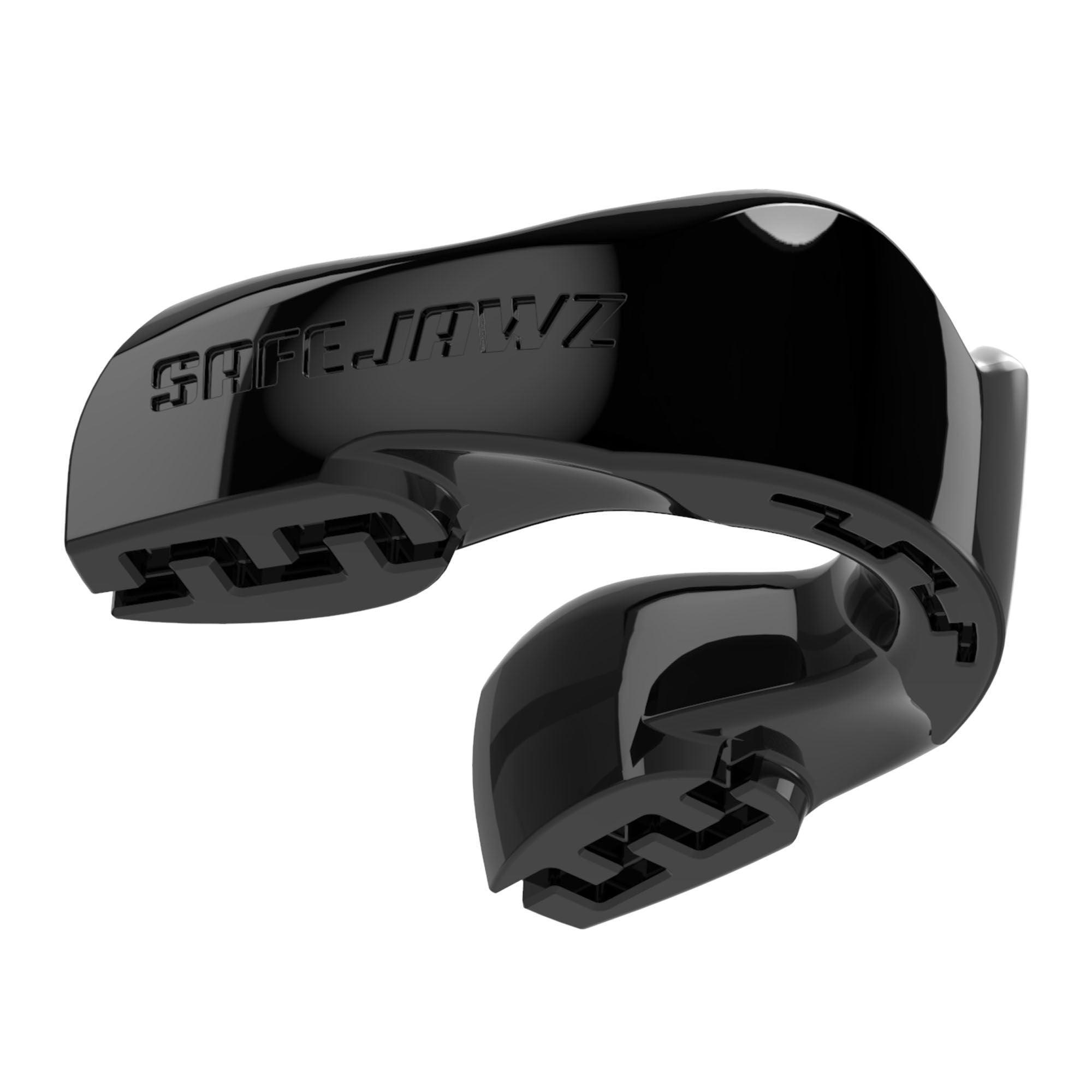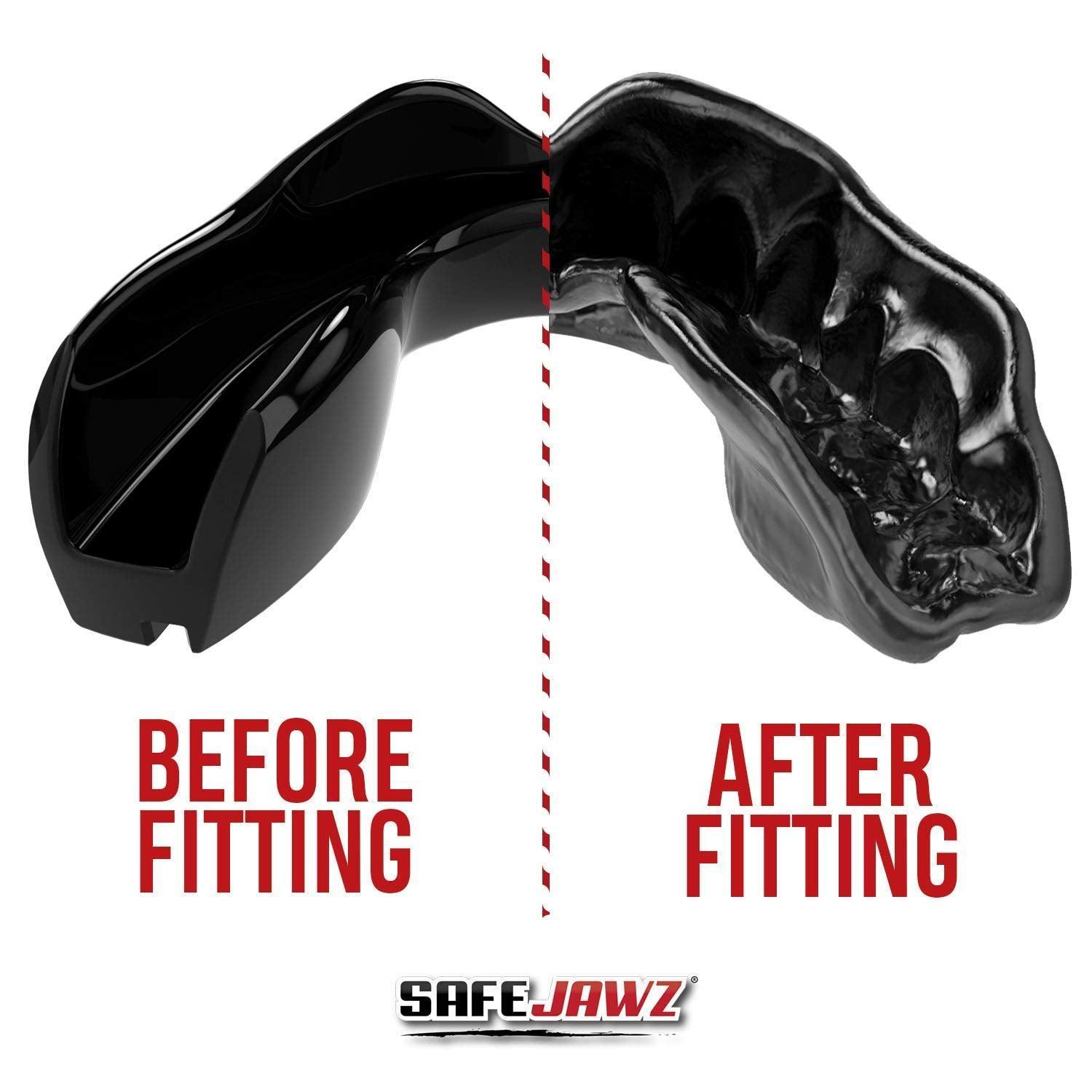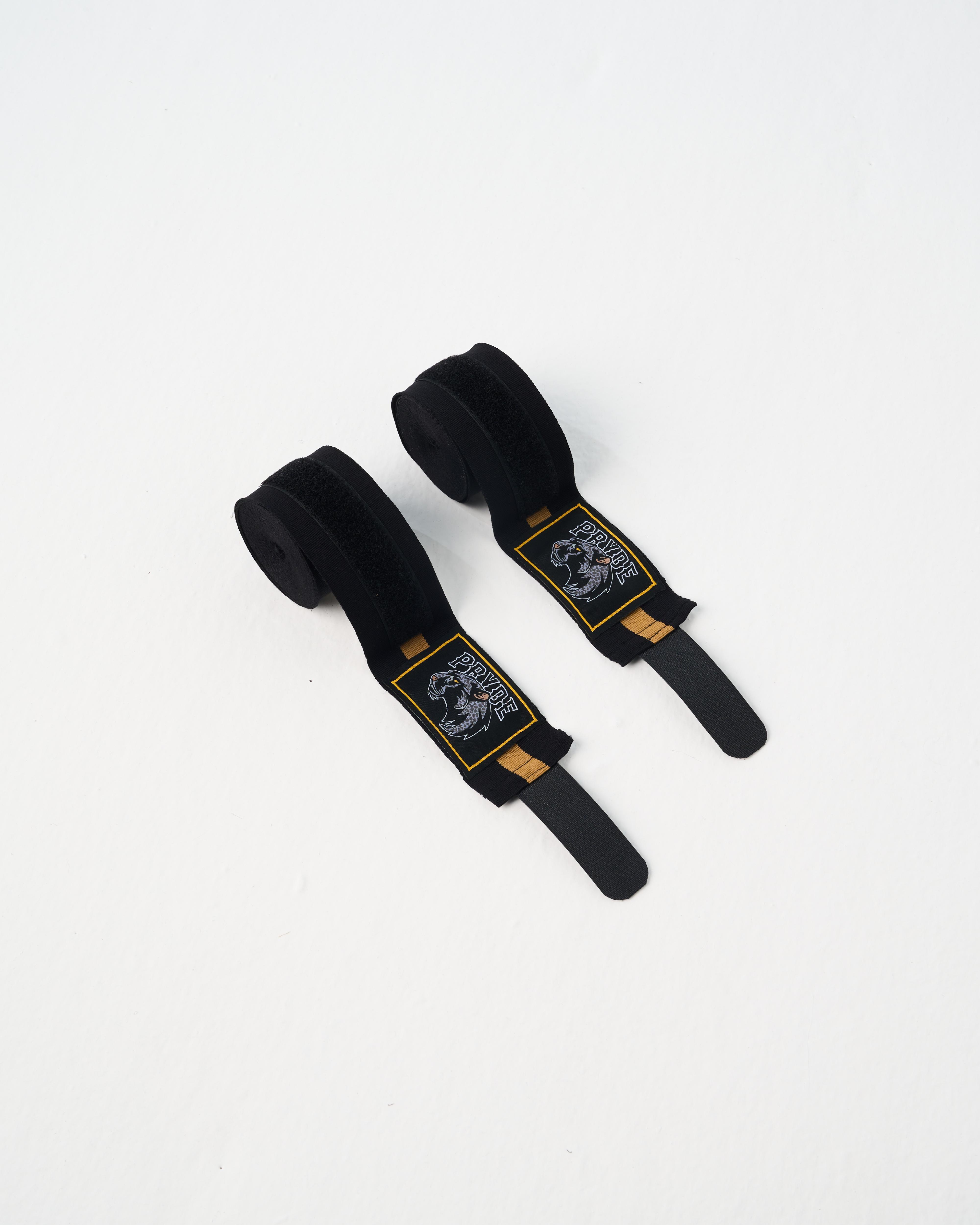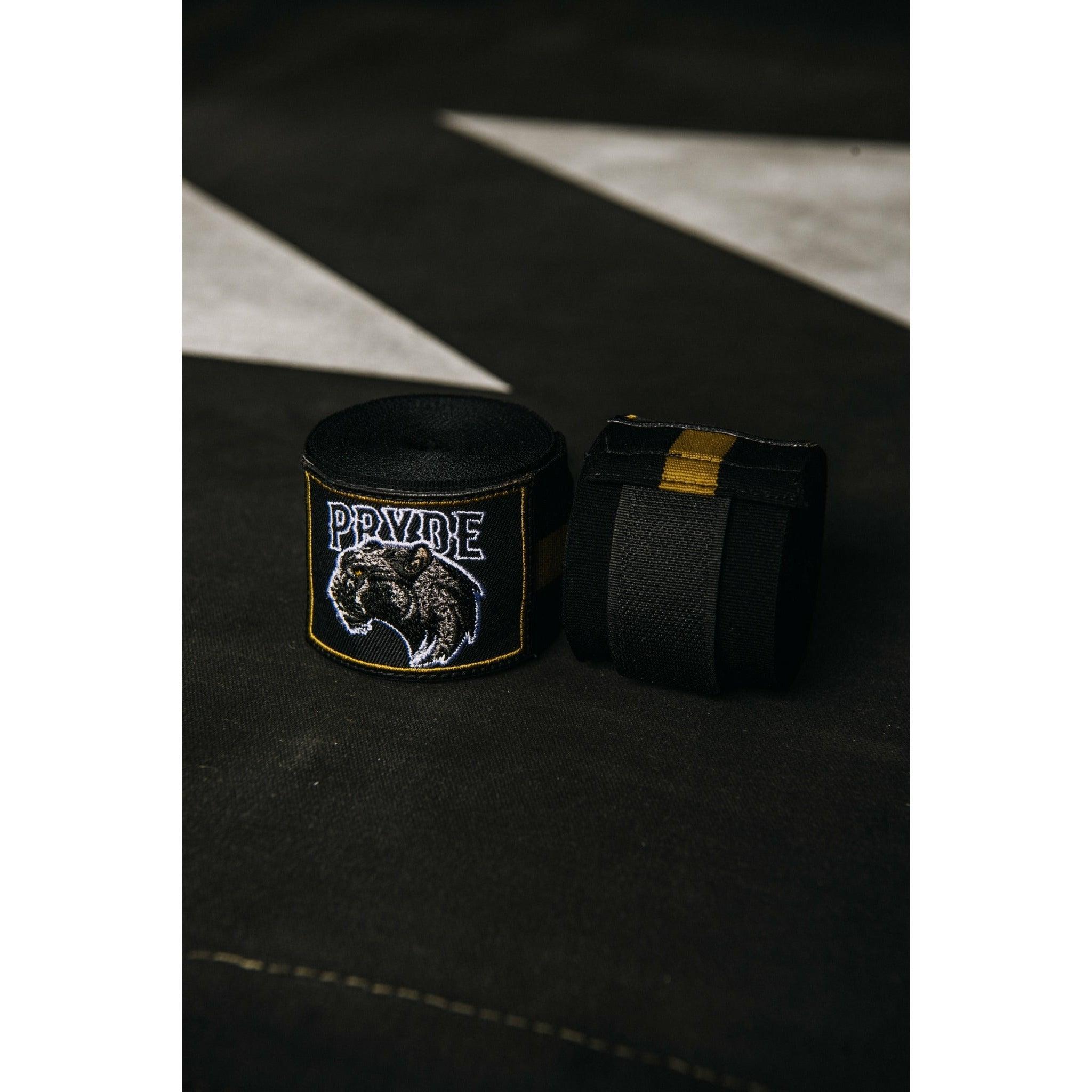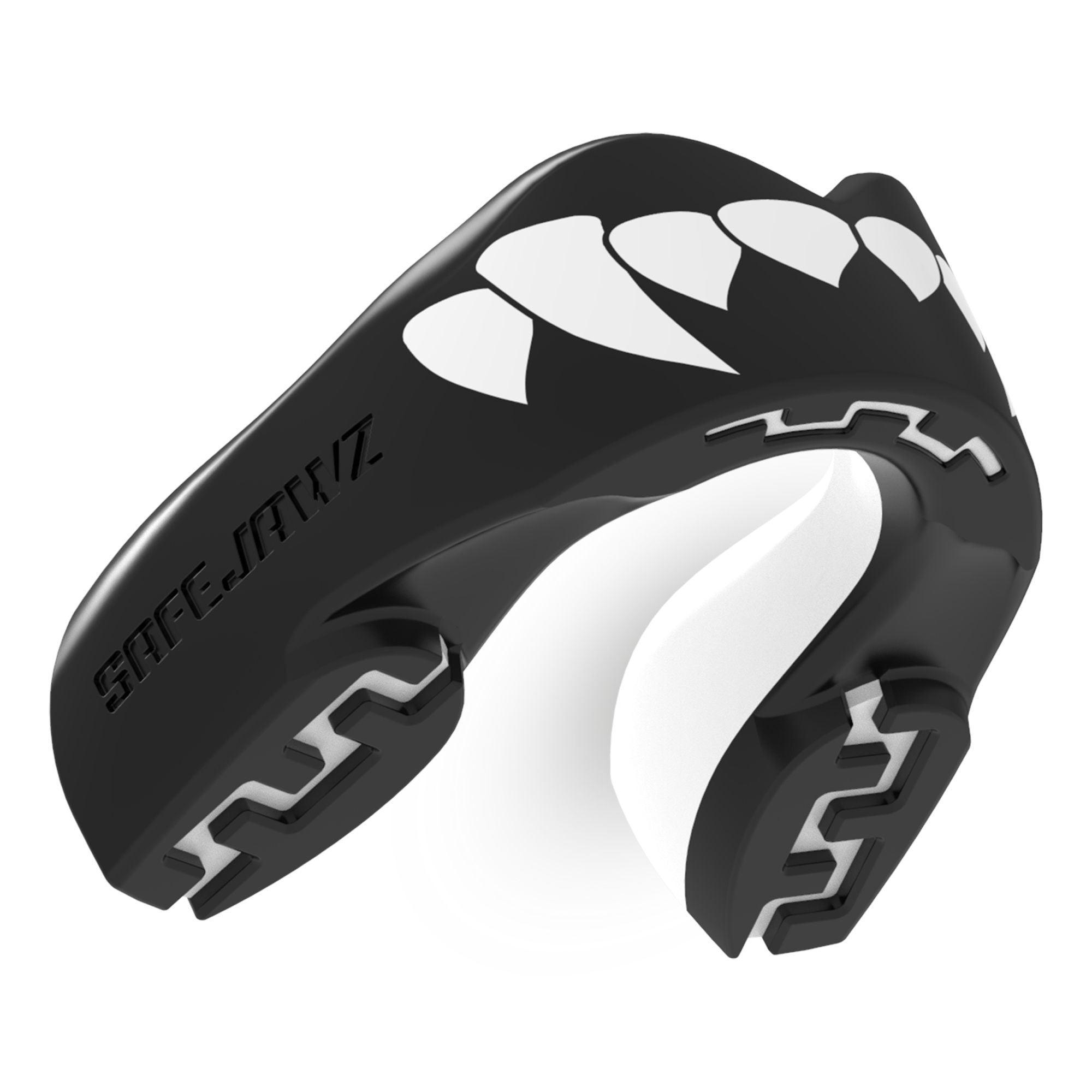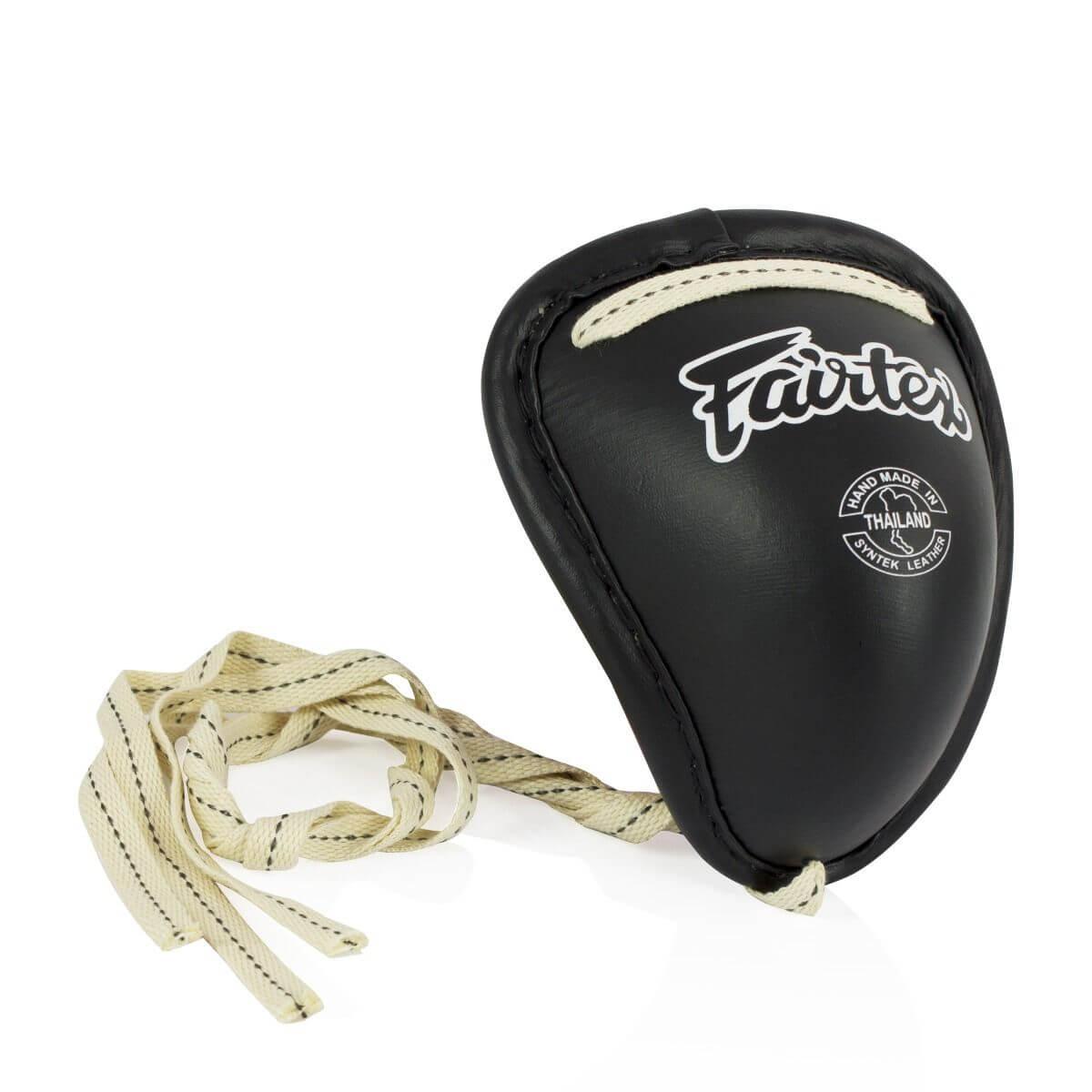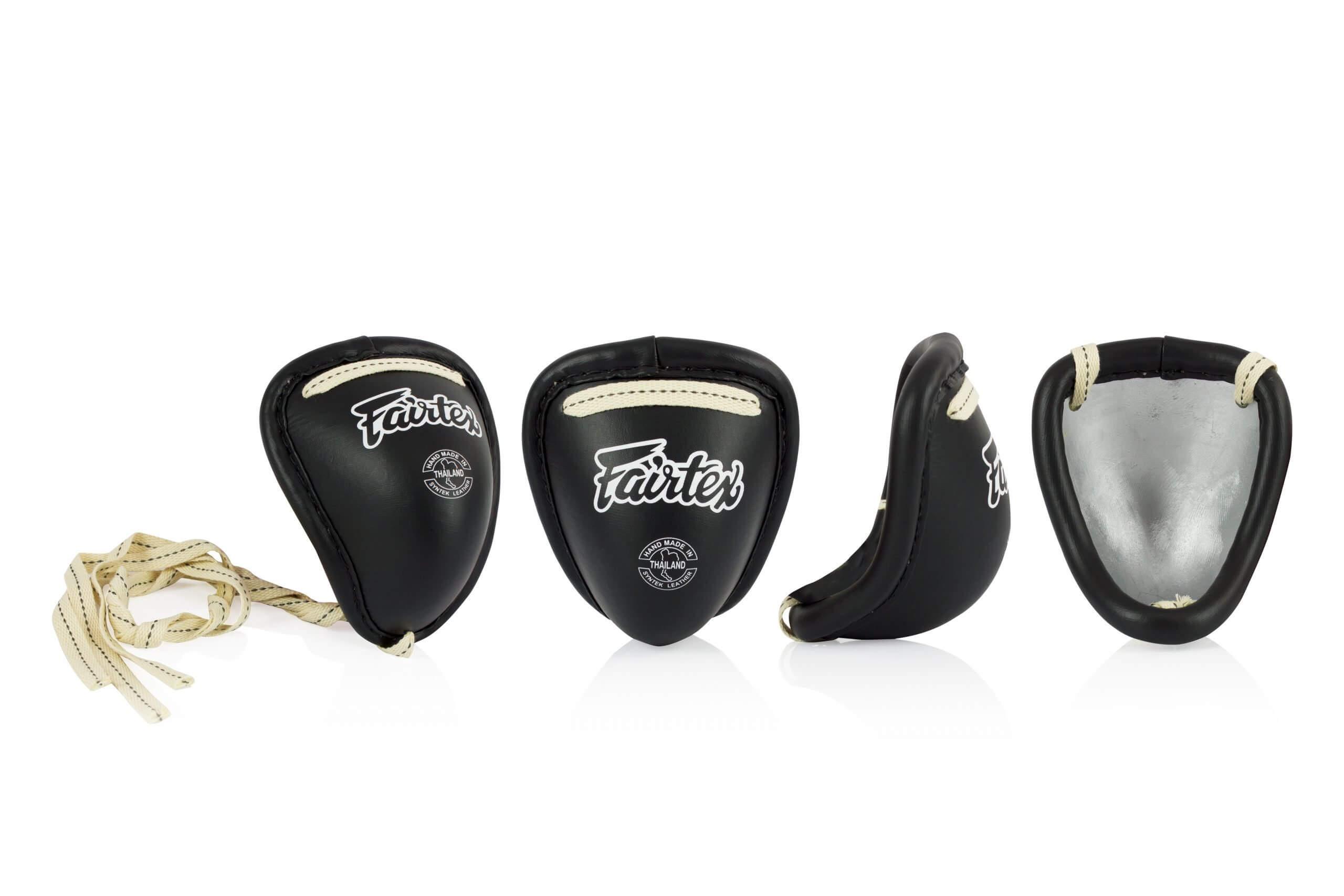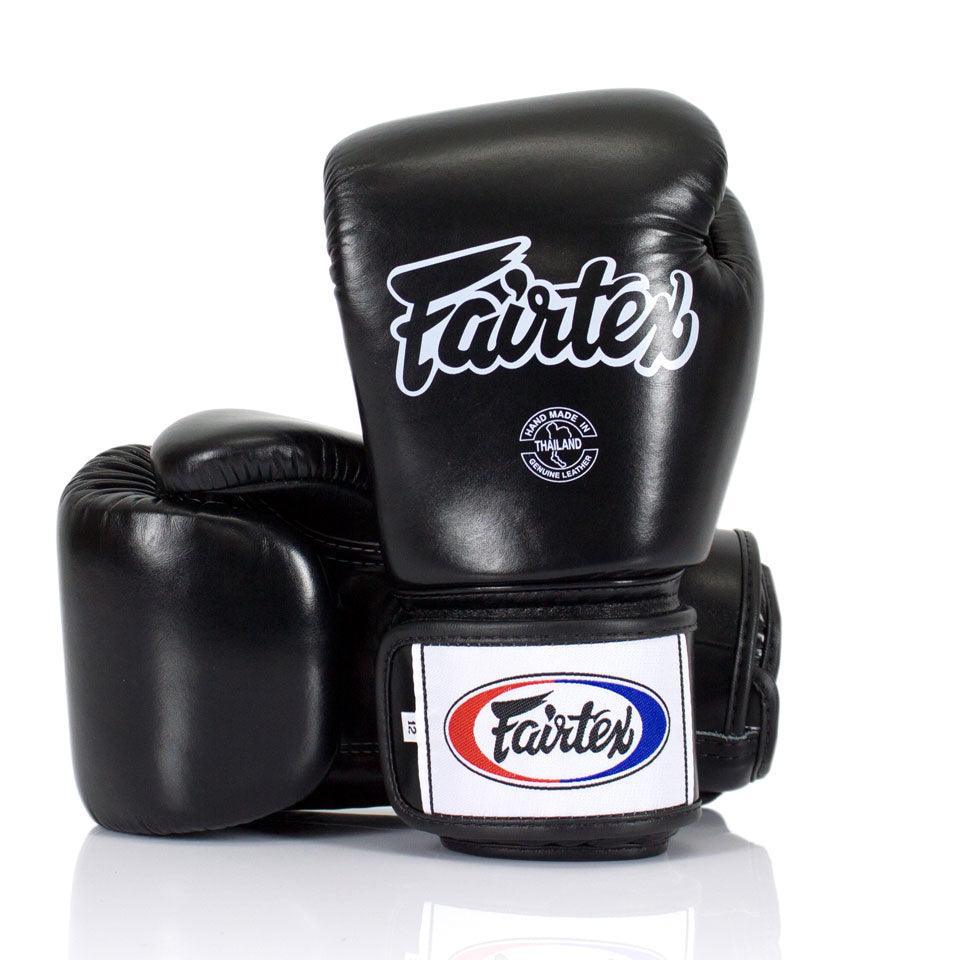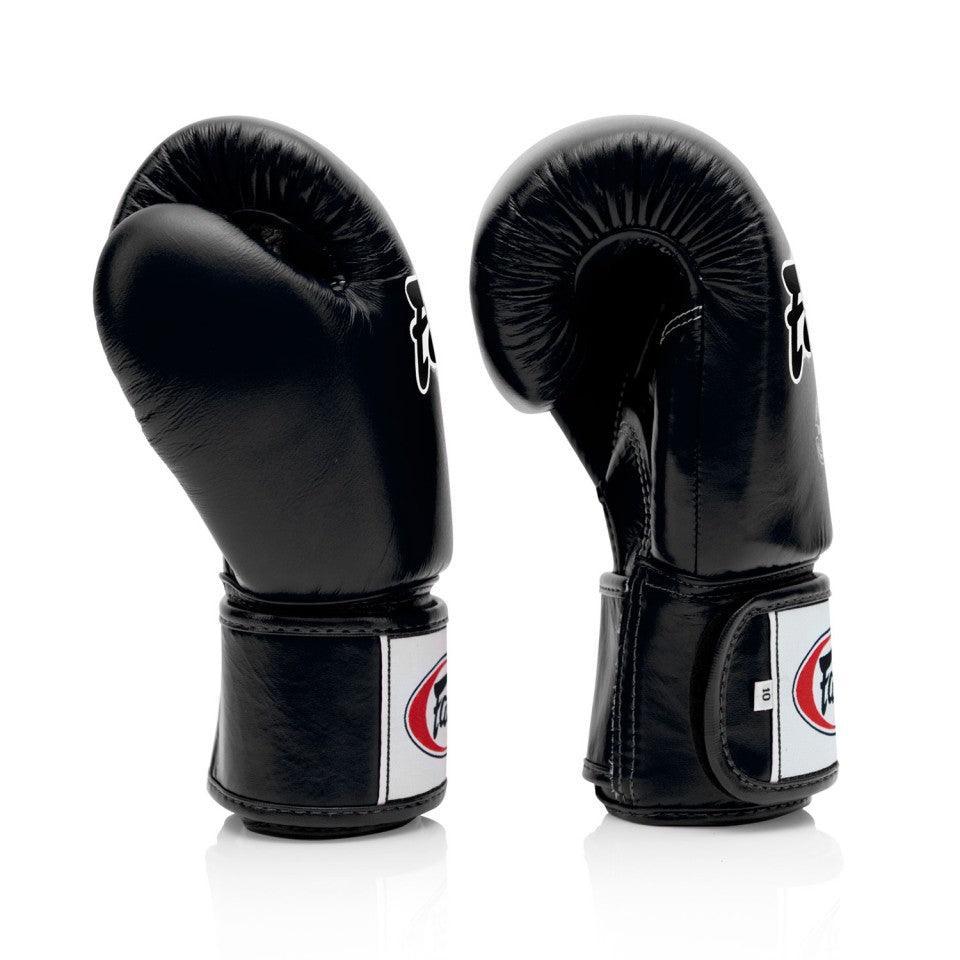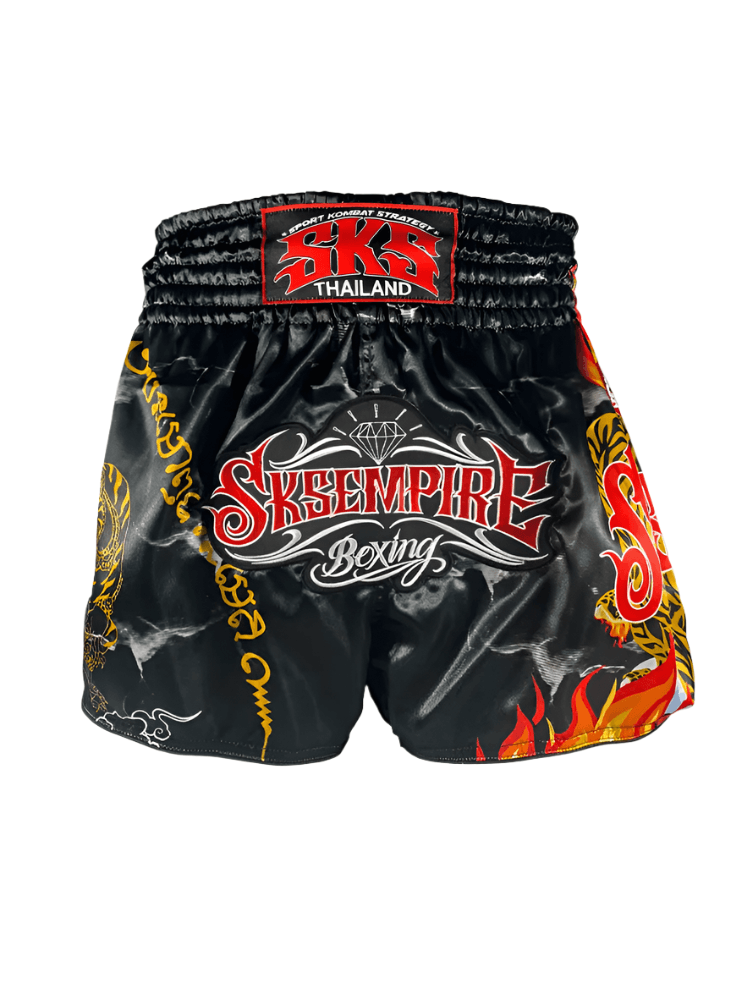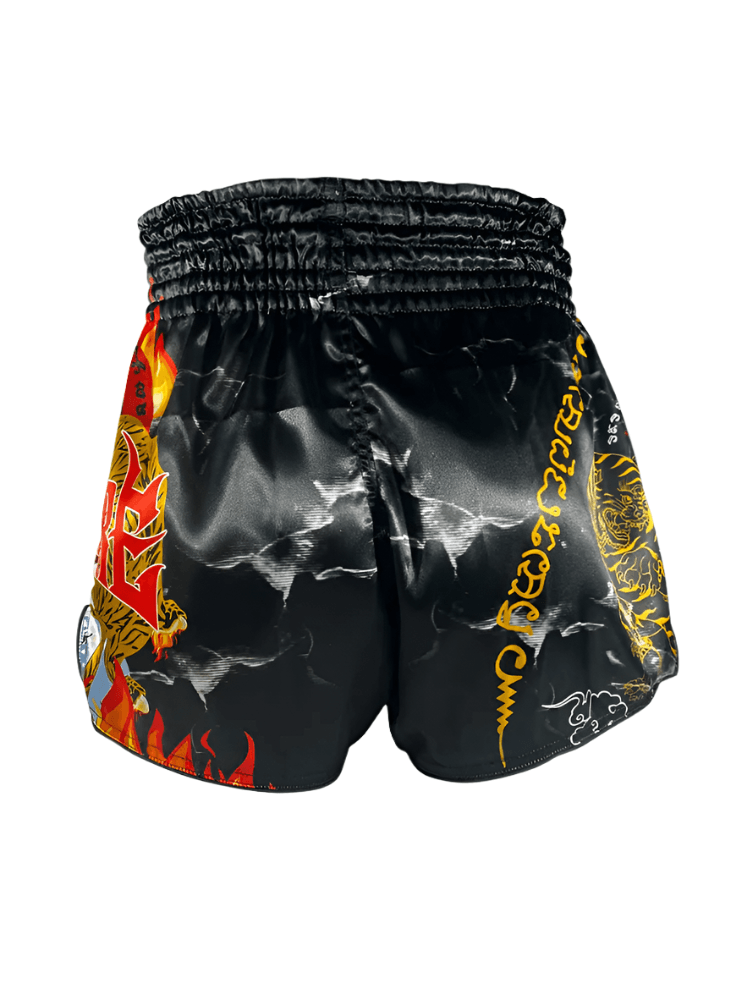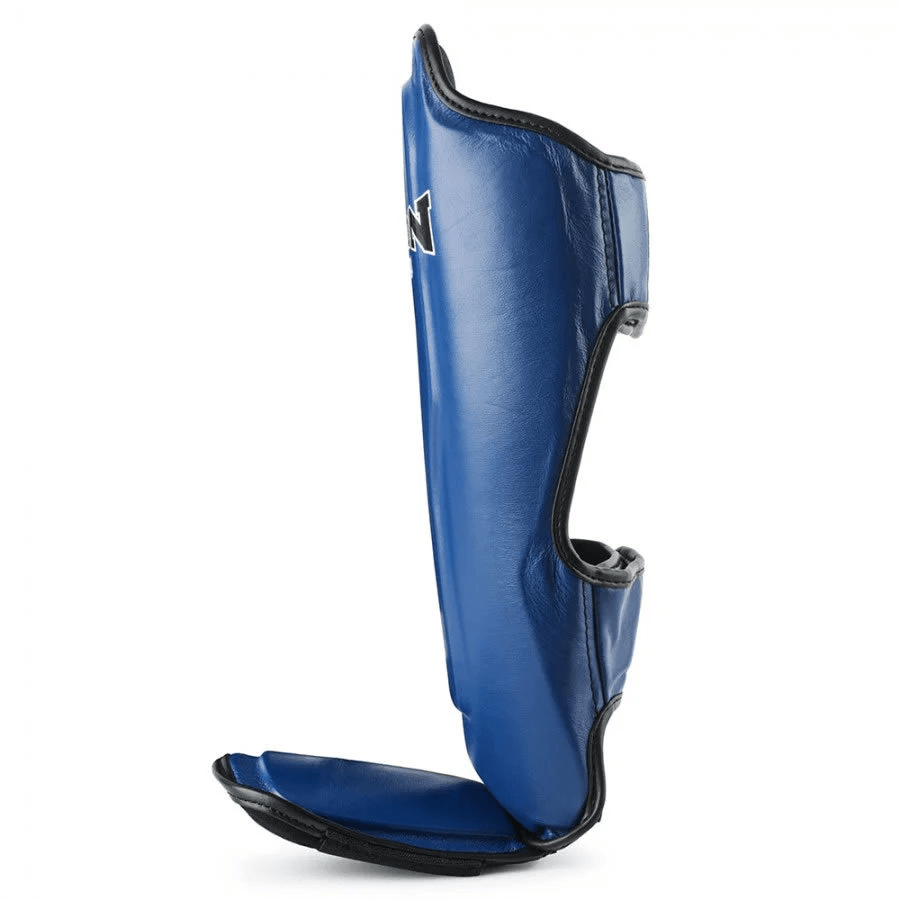Aggressive pressure
Develop your ability to walk down your opponent and keep them on their back foot through movement and ring generalship in your sparring. Educated pressure is the key here and it means taking calculated risks to dominate and pressure your opponent, forcing them out of their comfort zone, disrupting their rhythm and ensuring your dictate the pace.
There's many ways you can apply educated pressure. For example, only move back when evading shots, move in immediately afterwards to counter and then continue to press forward. Or you can consistently keep within your range (no matter how much damage this may result on you) and continuously break your opponents rhythm with teeps to the legs and lower gut, this will force them to move and re-think their approach. You can also apply pressure by pressing forward and engaging in the clinch, throwing your opponent and striking with heavy knees.
This approach comes with risks though. If your partner is experienced and physically stronger than you, they could get frustrated with your consistent pressure and try make you pay if you're sloppy. In addition, this approach can tire you out as much as your partner, as it requires consistent movement and cutting off the ring. As such, any time you let up or break the pressure to regain stamina, your partner can quickly capitalise and turn the tide, thereafter applying all the pressure on you, so consistency is key here.

Conservative countering
Utilise your patience and develop your timing, angles and reaction speed by focusing on counters. Allow your partner to be first in exchanges but reduce their ability to overwhelm and outmanoeuvre you by consistently countering and moving. Be one step ahead of them, foresee their actions and foresee how you will react.
For example, you can keep poised within range and proactively observe your opponent, reading their motions and learning their strikes. Once you identify a pattern or opening, exploit it. Alternatively, you can walk your partner down and anticipate their defensive strikes, then, using head movement and pivoting, evade their strikes and throw your own strikes while on the inside.
This approach is about patience, foresight and reaction speed. Effective countering scores well and can deal significant damage. Furthermore, if your opponent has to think about your counters, they will change their approach and potentially become more cautious. This presents opportunities for you to then go on the aggressive. You can explode with energy and pressure and then relax again into conservative countering. This disjointed rhythm will test your stamina while building your understanding of when to explode and when to relax.
The mirror
Develop the speed at which you process visual data and react accordingly by mirroring your partner's movements, techniques and combinations. Allow your partner to dictate pace, movement and techniques but ensure you consistently return with the same. This means mirroring footwork, combinations, feints etc. everything you see your partner do in front of you.
For example, as you opponent moves forward, move back, yet only so far as to keep at the end of your range. When your opponent throws a jab, do the same, although you don't need to simply block and throw, you can slip and counter. When they throw a body kick, check and counter with the mirror leg. Keep in mind that it's the mirroring of the motions and strikes you should execute but you don't need to mirror the guard and damage your partner will take.
This approach is designed to develop your motor memory and accelerate the speed you process information and execute appropriate reactions, all while frustrating your partner. It can be quite challenging at first, especially if the sparring is high pace, however, you will get more comfortable with this approach with practice. It also helps develop your arsenal as you will be learning the style and techniques of your partner and trying them out in real time.

Consistent clinching
Work on your ability to close down your partner and engage them in the clinch. For those who don't have technical clinching skills, it can be dangerous to engage or get engaged in the clinch, so you need to think wisely when to deploy this approach. That said, if you have an advantage, it's a great approach to use as it enables to you totally negate your partner's advantages and drain their energy through effective stand-up wrestling. Nonetheless, you approach to getting in the clinch has to be well thought out as a poor entry can be damaging.
For example, you can walk down your partner by throwing hands and use one of them to reach around the back of the head and force a clinch. Throw some strikes, manhandle your partner and weigh them down. If your coach then forces a break, do the same again, using movement and strikes to get inside. Once inside, work powerful knees and technical clinching to maintain advantage.
This approach is very useful against taller opponents who have a longer range than yourself. It's also useful for stronger opponents who simply rely on strength in the clinch, as technique will overwhelm then when employed properly. Try to nullify their range by engaging them in the clinch and thereby making the competition about close-range technique, strength and stamina.
Zero damage
While you're bound to receive some damage in Muay Thai, ideally you'll be doing all the hitting without getting hit. Make a conscious decision to not get struck in sparring and concentrate on avoiding, slipping, re-directing and outmanoeuvring all of your opponents strikes and movements. You should be receiving no damage yet dishing it out.
For example, slipping punches and countering yet disengaging once the exchange has died down as to not get caught. Or consistent movement around your opponent and targetting them at range (ideally outside of theirs) with kicks.
This approach is difficult and shouldn't be employed against any type of sparring partner, not merely because it's less achievable but because you can learn more in different ways from different partners. Therefore, it's worthwhile using on a less experienced training partner or one you're comfortable with and understand their patterns and strikes already.
Importance of the Right Equipment and Protective Gear
Sparring in Muay Thai highlights the importance of the right equipment and protective gear. Injuries are common, and you should make an effort to minimise the risk of injury to yourself and your partner. Properly fitted shin guards, hand wraps, and sparring gloves are essential to prevent injuries during intense training sessions. Having the right gear not only safeguards you but also boosts your confidence to engage more effectively with your sparring partner. Investing in quality gear enhances your overall sparring experience, allowing you to focus on developing your techniques and skills without worrying about unnecessary risks. In Muay Thai sparring, the key is to focus on delivering strikes with proper technique, while minimising the strikes you absorb.
What should I do my first time sparring in Muay Thai?
For your first time sparring in Muay Thai, focus on staying relaxed, practicing basic techniques, and maintaining a defensive stance. Remember to communicate with your sparring partner, breathe consistently, and keep a positive mindset throughout the session. Enjoy the experience and learn from it!






